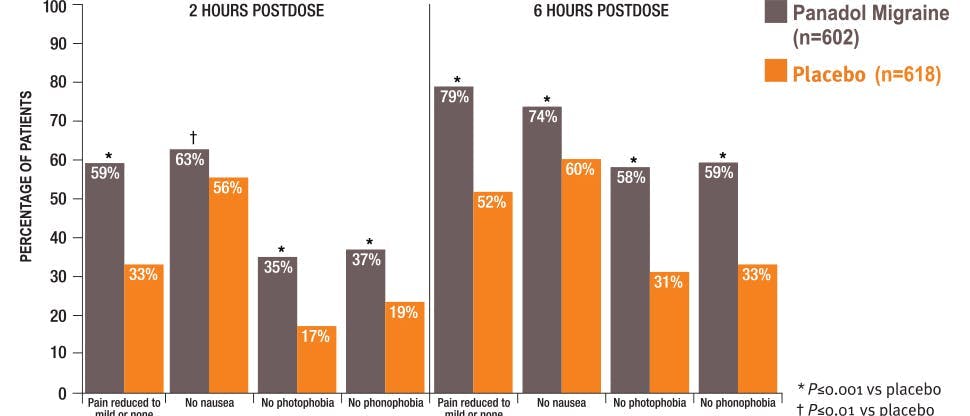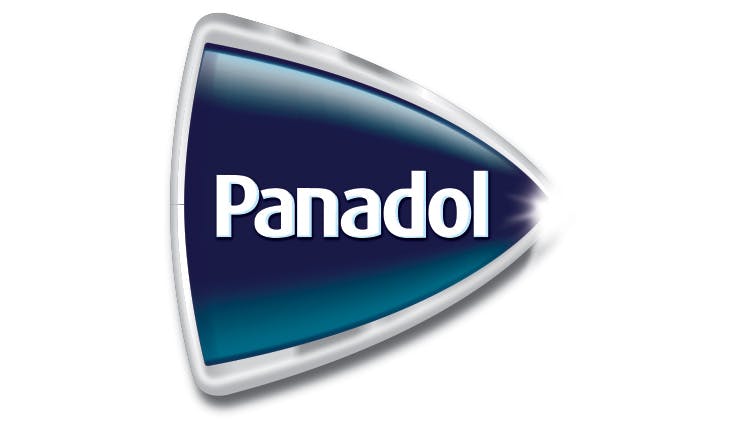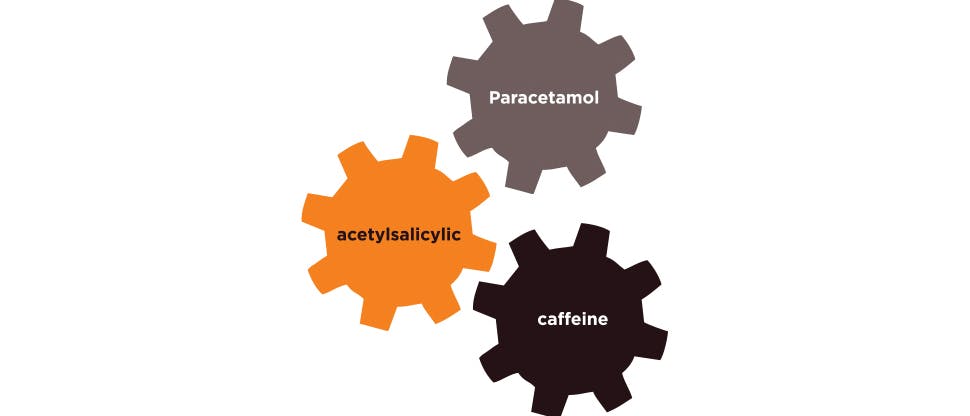Special warnings and precautions for use
Keep out of sight and reach of children. (Medical advice should be sought if cough persists, or if it is accompanied by high fever, skin rash or persistent headache).
Due to the presence of acetylsalicylic acid (ASA):The concomitant use of ASA with other systemic NSAIDs, including cyclooxygenase-2 selective inhibitors, should be avoided due to the potential for additive undesirable effects.
Serious hypersensitivity reactions or anaphylaxis can occur, bronchospasm may be precipitated in patients suffering from or with a previous history of asthma, allergic disease or nasal polyps.
There is an association between acetylsalicylic acid and Reye’s syndrome when given to children during or immediately after a viral illness. Hence acetylsalicylic acid should not be used in children under 16 years of age during or immediately after chickenpox, influenza, or other viral infections unless prescribed by a physician.
ASA should be used with caution in patients with uncontrolled hypertension (in whom target blood pressure has not been achieved), impaired renal or hepatic function, or in patients who are dehydrated or suffering from diabetes mellitus.
Acetylsalicylic acid decreases platelet adhesiveness and increases bleeding time. Haematological and haemorrhagic effects can occur and may be severe. Patients should report any unusual bleeding symptoms to their physician.
Gastrointestinal (GI) bleeding, ulceration or perforation, which can be fatal, have been reported with all NSAIDs and may occur at any time during treatment, with or without warning symptoms or a previous history of serious GI events. These effects generally have more serious consequences in the elderly.
Doses more than 1g acetylsalicylic acid daily may precipitate acute haemolytic anaemia in patients with G6PDH deficiency
Due to the presence of paracetamol:
Contains paracetamol. Do not use with any other paracetamol containing products. The concomitant use with other products containing paracetamol may lead to an overdose.
Paracetamol overdose may cause liver failure which may require liver transplant or lead to death. Underlying liver disease increases the risk of paracetamol- related liver damage. The overall benefit-risk should be considered in patients diagnosed with liver or kidney impairment before use.
Cases of hepatic dysfunction/failure have been reported in patients with depleted glutathione levels, such as those who are severely malnourished, anorexic, have a low body mass index or are chronic heavy users of alcohol or have sepsis.
In patients with glutathione depleted states, the use of
paracetamol may increase the risk of metabolic acidosis.
Due to the presence of caffeine:
Excessive intake of caffeine (e.g. coffee, tea and some canned drinks) should be avoided while taking this product.
Contraindications
• Hypersensitivity to acetylsalicylic acid, paracetamol, caffeine or to any of the excipients.
• Patients in whom asthma, bronchospasm, angioedema, urticaria, or acute rhinitis are
• precipitated by acetylsalicylic acid or other non-steroidal anti-inflammatory drugs
• (NSAIDs).
• Active or previous peptic ulcer.
• History of upper gastrointestinal bleeding or perforation, related to previous NSAID
• therapy.
• History of hemophilia, hypothrombinemia or other clotting disorders.
• Renal failure (GFR < 15mL/min/1.73m2).
• Hepatic failure.
• A history of gout.
• Third trimester of pregnancy





